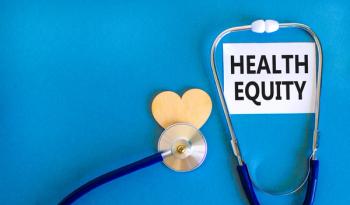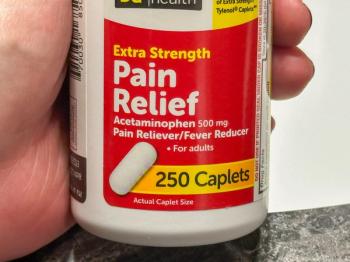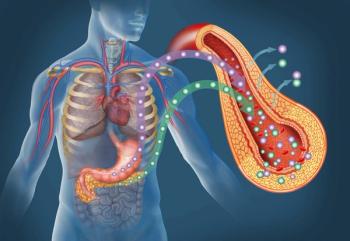
Driven by Surging Prices, Patient Spend on Insulin Nearly Doubles Over 5 Years
Analysis shows prices among all insulin types and products increased steadily between 2012 and 2016.
Spending on insulin in the United States per patient nearly doubled over a 5-year period, driven primarily by price hikes that encompassed all insulin products and types, according to new data published by the Health Care Cost Institute (HCCI).1
Insulin affordability has increasingly become a serious concern as list prices for these life-saving medications continue to surge. The report investigated trends in health care spending on individuals with type 1 diabetes between 2012 and 2016.
Prescription drug prices have been under increasing scrutiny amid growing pressure from lawmakers. A
For the report, researchers analyzed commercial claims data for approximately 15,000 patients with type 1 diabetes annually who had at least 1 prescription for an insulin product during the year. They examined gross per-person spending by type of service—inpatient, outpatient, professional procedure, insulin, and non-insulin pharmacy–over 2012 to 2016. According to the data, insulin had the largest increase in gross spending across all categories, accounting for nearly half of the increase in total per-person spending over the 5-year period.1
Between 2012 and 2016, gross insulin spending per person increased by $2841, based on the data. In 2016, individuals with type 1 diabetes spent $5705 per person on insulin. The report also found that average daily insulin use by those with type 1 diabetes rose by just 3%. Despite this, prices increased steadily for all insulin products between 2012 and 2016, with the average point-of-sale price nearly doubling from $0.13 per unit to $0.25 per unit. According to the report, this price increase translates to a jump from $7.80 per day in 2012 to $15 per day in 2016 for someone using an average amount of insulin.1
The analysis also highlighted utilization trends among different insulin products over the time period. According to the findings, daily use of Humalog increased while Novolog decreased. Among basal insulins, daily use of Lantus/Toujeo declined, which was offset by an increase in use of Levemir and the adoption of Tresiba, which came to market in 2015.1
Price changes occurred in all products, indicating that increased spending was driven mostly by higher prices overall and not just a shift toward newer, more expensive insulins, the report concluded.
HCCI noted that the prices in the analysis do not reflect manufacturer rebates and coupons. To explore how this may affect spending, they included a case where rebates and coupons offset 50% of the gross cost of insulin each year. According to the report, the net increase in total spending per person would be $4606, with a $1421 increase in insulin spending. The report concluded the example indicates that spending on insulin would still be the largest out of the spending categories.1
A previous
References
- Health Care Cost Institute. Spending on Individuals with Type 1 Diabetes and the Role of Rapidly Increasing Insulin Prices. 2019. https://www.healthcostinstitute.org/research/publications/entry/spending-on-individuals-with-type-1-diabetes-and-the-role-of-rapidly-increasing-insulin-prices. Accessed January 22, 2019.
- Respaut R, Terhune C. US insulin costs per patient nearly doubled from 2012 to 2016: study. Reuters. January 22, 2019. https://www.reuters.com/article/us-usa-healthcare-diabetes-cost/u-s-insulin-costs-per-patient-nearly-doubled-from-2012-to-2016-study-idUSKCN1PG136. Accessed January 22, 2019.
- Cefalu WT, Dawes DE, Gavlak G, et al. Insulin Access and Affordability Working Group: Conclusions and Recommendations. 2018. Diabetes Care. https://doi.org/10.2337/dci18-0019
Newsletter
Stay informed on drug updates, treatment guidelines, and pharmacy practice trends—subscribe to Pharmacy Times for weekly clinical insights.














































































































































































































